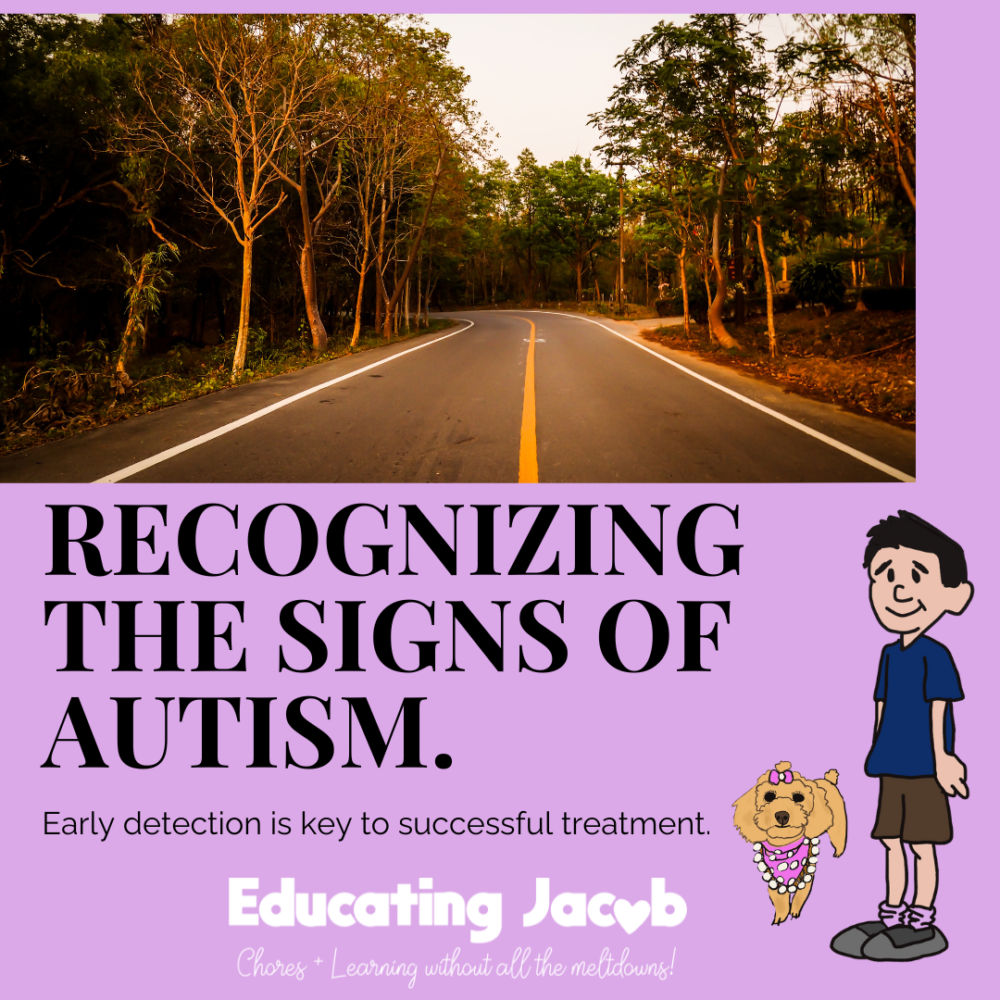How Understanding Autism Spectrum Disorder Can Help. #Autism Challenges🧩

Unraveling the Mysteries of Autism Spectrum Disorder
Welcome aboard this wild ride through the enigmatic world of understanding Autism Spectrum Disorder! 🎢 Buckle up as we navigate the twists and turns of this fascinating condition that’s as puzzling as it is captivating.
Imagine trying to decode the intricate workings of the human mind—it’s like attempting to solve a Rubik’s Cube blindfolded! 🤯 But fear not, fellow explorers, because together, we’re diving headfirst into the depths of ASD to uncover its mysteries.
From deciphering early signs to exploring the latest research breakthroughs, we’re here to provide you with a roadmap through the labyrinth of ASD. 🗺️ And who knows? Along the way, we might stumble upon some unexpected treasures of neurodiversity that’ll leave us in awe.
So, whether you’re a parent, educator, or just curious about the wonders of the human mind, hop aboard this adventure with us! 🚀 Together, let’s peel back the layers of Autism Spectrum Disorder and celebrate the beautifully diverse minds that shape our world. 🌟
Diving into the Depths of ASD
Welcome to the labyrinth of Autism Spectrum Disorder (ASD), where the human mind becomes a captivating puzzle. Let’s embark on an adventure to understand this complex disorder and unravel its mysteries. From quirky behaviors to unique perspectives, let’s delve into the depths of ASD together.🔍
Jacob had language delays, sensory issues, he would line toys up and not play with them in an imaginative play. He didn’t play with his brother or other children. We got on several waiting lists and started getting answers when he was in-between 3 and 4 years old.
The Curious Case of Jacob and ASD
Jacob’s journey with ASD began with a diagnosis at the tender age of 3 to 4 years old. With the help of the fantastic team at TEACCH, Chapel Hill, we navigated the maze of ASD, one step at a time. Well, sort of. Let’s just say we stumbled through the first steps together, trying to figure out this new world. If you want to check them out for yourself go here: https://teacch.com/resources/teacch-tips/
ASD: A Spectrum of Possibilities
ASD isn’t your run-of-the-mill disorder; it’s more like a kaleidoscope of colors, each representing a unique set of challenges and strengths. Jacob’s journey with ASD has been a rollercoaster ride of social interactions, sensory sensitivities, and communication hurdles. But amidst the chaos, there’s a beauty in his uniqueness that shines through.🧩
Signs and symptoms of ASD can be as subtle as a whisper or as obvious as a marching band. From difficulties in social interaction to sensory sensitivities and repetitive behaviors, it’s like navigating a labyrinth of challenges. It’s a puzzle where each piece reveals a little more of the big picture, but sometimes, it feels like we’re missing a few crucial pieces! 🧩🤔
Cracking the Code: Causes and Risk Factors

While the exact causes of ASD remain shrouded in mystery, researchers believe it’s a blend of genetics and environmental factors. It’s like trying to solve a riddle with missing pieces – we have clues, but the puzzle isn’t complete yet. Prenatal infections, genetic predispositions, and environmental toxins are just a few pieces of this intricate puzzle.
Deciphering the Signs and Symptoms
Signs of ASD can be as diverse as the colors of the rainbow. From social struggles to sensory sensitivities, each symptom tells a story of its own. Jacob’s journey with ASD has been marked by delayed speech, repetitive behaviors, and sensory overload. But hey, who needs long conversations when you’ve got movie quotes to express yourself?🔑
I have another post that talks about sameness and sensory issues if you’re interested: Tired and Frustrated Mom! Sensory Challenges for the Autism Spectrum
Navigating the Diagnostic Maze
Diagnosing ASD isn’t as straightforward as connecting the dots; it’s more like piecing together a jigsaw puzzle. Parents, caregivers, and medical professionals work together to gather clues and unlock the mystery of ASD. Early diagnosis is like finding the missing piece of the puzzle – it’s the key to unlocking a world of support and intervention.🧩
Tools for Tackling ASD: Treatment Options
While there’s no magic cure for ASD, there are plenty of tools in our toolkit to help individuals like Jacob thrive. From behavioral therapy to speech and occupational therapy, each tool plays a vital role in shaping a brighter future. It’s like assembling a superhero team to combat the challenges of ASD – with patience, persistence, and a sprinkle of humor.🛠️
Jacob has learned to live life with less anxiety and stress by using daily schedules that help with his need for sameness and love of routine and structure. It’s amazing for me too because as he is more independent with a schedule and I have a little “me” time.🗓️
Navigating the ASD Jungle: Support and Resources
Living with ASD can feel like trekking through a dense jungle, but thankfully, we’re not alone on this journey. From advocacy groups to educational resources, there’s a wealth of support available to guide us through the wilderness. With the help of organizations like the Autism Society and the unwavering support of family and friends, we navigate the twists and turns of ASD with courage and resilience.
While there may not be a magic cure for ASD, there are plenty of tools and resources to help individuals and families navigate the journey. It’s like building a bridge—one plank at a time—connecting individuals with ASD to the support and services they need to thrive. 🌉💪
Cracking the Communication Code
Communication is the key to unlocking the door to connection with individuals on the autism spectrum. With patience, understanding, and a dash of creativity, we bridge the gap and build meaningful connections. So let’s embrace the quirks, celebrate the strengths, and navigate the labyrinth of ASD together, one puzzle piece at a time.🗣️🤝
Embracing Neurodiversity: Celebrating Uniqueness
At the end of the day, ASD is not just a diagnosis—it’s a celebration of human diversity. It’s like a tapestry woven from threads of different colors, textures, and patterns, each contributing to the rich tapestry of the human experience. So let’s embrace neurodiversity, celebrate our differences, and build a world where everyone belongs! 🌍🎉




